
Barkur — The Historical Capital of Tulunadu
River Seetha, taking birth in the rainforests of Agumbe, quickly gushes down the hills, forming rapids, as if in a hurry to reach her destination, the Arabian Sea. However, during the last leg of her journey, Seetha slows down, splitting herself into several channels and preferring to take a winding path, skirting a land fringed with paddy, coconut groves, and temples. This land is known as Barkur, the historical capital of Tulunadu.

The Town of Barkur, Its Society and Temples
Located 15 km north of Udupi, Barkur, despite being the erstwhile capital of Tulunadu, the Tulu language has a very limited presence. 6 km south of Barkur, Tulu abruptly ends and makes way for a dialect of Kannada called Barkur Kannada, but barring the language, the cultural, social, and caste structures are identical to those of Tulu speakers, including the matrilineal inheritance. Additionally, Konkani, Marathi, Beary, and Dakhni are also spoken, making Barkur a highly multilingual place.
Nearly forty temples and shrines survive to this day in Barkur. It is also the home to almost all the major communities of Tulunadu and many Tuluvas have their tutelary deities here. Now largely forgotten, Barkur was surprisingly well connected with the rest of the country. The nearly 150 inscriptions that are found in and around Barkur give extensive information about its past. Some of the simple yet elegant structures of Barkur’s keris that have stood the test of time are shown below.
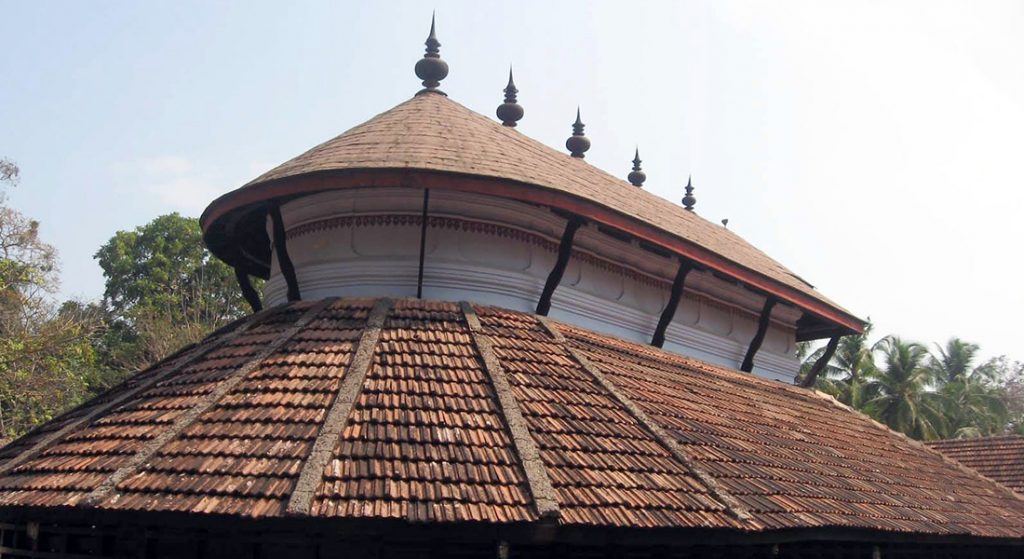
The Panchalingeshwara temple at Kotekeri, located in the center of Barkur, is the seat of the Alupas. The temple was built in the 8th century. Apart from Shiva, the temple complex houses fine murtis of Skanda, Surya, Ganesha, and Parvati. Opposite to the temple is a vast tank, now in a state of ruin.

The Sthala Purana says that it was originally planned to be consecrated by bringing five lingas from Kashi. However, the lingas did not arrive on time, and local lingas were consecrated. When they finally arrived, the lingas were consecrated in other temples in Barkur. One such temple, where the linga from Kashi is consecrated, is called Padasale Vishwanatha.
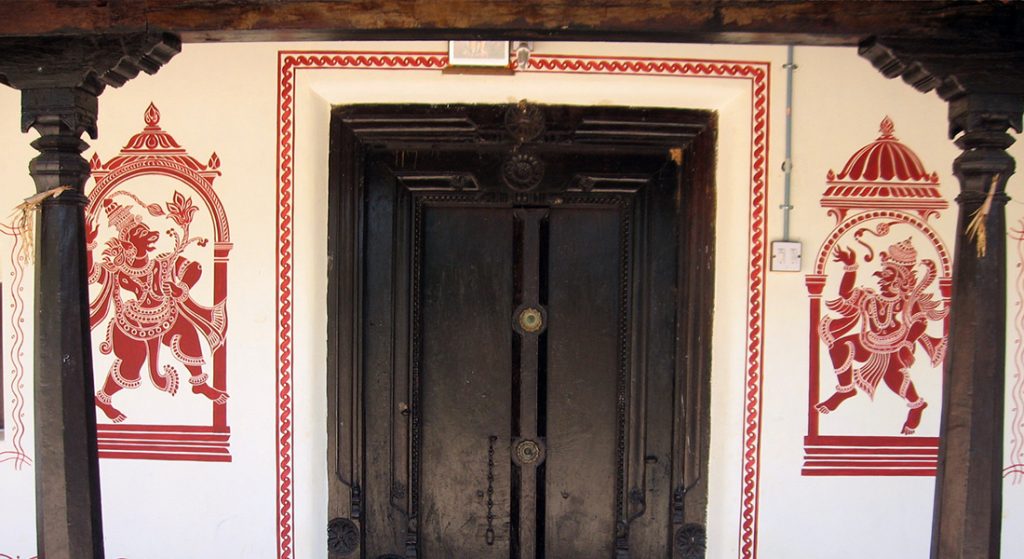
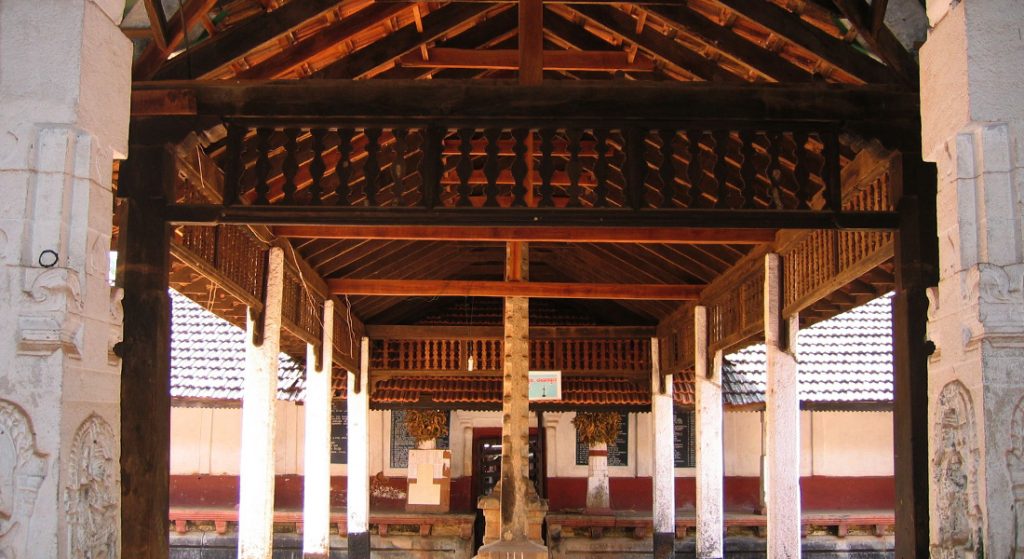
Moodukeri is the easternmost suburb of Barkur and houses the temple for Someshwara. An inscription dated 1139 AD found in this temple records a gift given to a Kashmiri scholar and a resident of Barkur named Sajirana. Another inscription in the same temple mentions the donation of money for the daily lighting of lamps and the setting up of a feeding house by a man named Narasimha Thakkura s/o Malla Deva Shahu, apparently a trader from northern India. Both these inscriptions strongly indicate Barkur’s close ties with far-off regions. The temple also had a secret vault where ornaments and jewels were kept during the Vijayanagar rule.
Kalchapra is an ancient pavilion built at the junction of Manigarkeri, Moodukeri, and Hosakeri. The Manigar Keri, as the name itself suggests, was a settlement of the people who dealt in precious stones and gems.
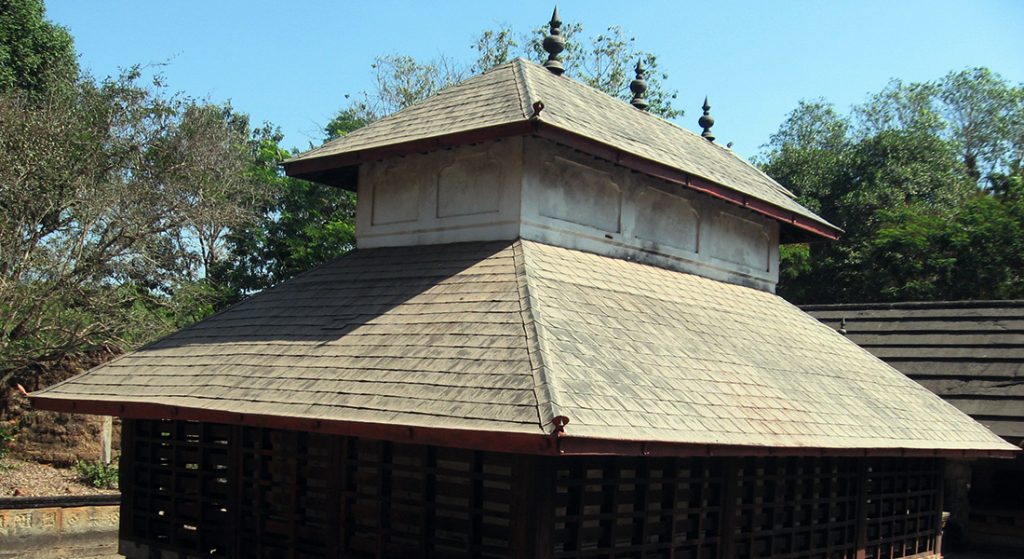

The Bhandarakeri Mutt was established by Sri Madhwacharya’s Guru, Sri Achyutapreksharu, in the 13th century. The Hanuman and Garuda figures on the walls are drawn in what is known as Kavi art, made from natural clay, Ochre. Bhandarakeri, as the name itself suggests, was the seat of “Bhandara,” or the treasury.

The 11th century Bhairava-Ganapati temple at Chaulikeri: This was once a great center of Natha Sampradaya. The other two centers of this sampradaya in Barkur are the Hingula Devi temple (now completely in a ruinous state) and the small shrine of Kala Bhairava. A separate caste of people called Jogis who follow Nathapantha still live in Barkur. The heads of the three surviving Natha Pantha Mutts in the region—Mangalore, Vittla, and Kundapur—are chosen on a rotational basis during the Nashik Kumbh Mela. The selected chiefs take a padayatra known as “Jhundi Yatra” from Nashik to Mangalore, and Barkur is still a major stopover for these sadhus. The “Bairagi Ganapati” inside the Chaulikeri temple complex, called so because of its association with Bairagis.
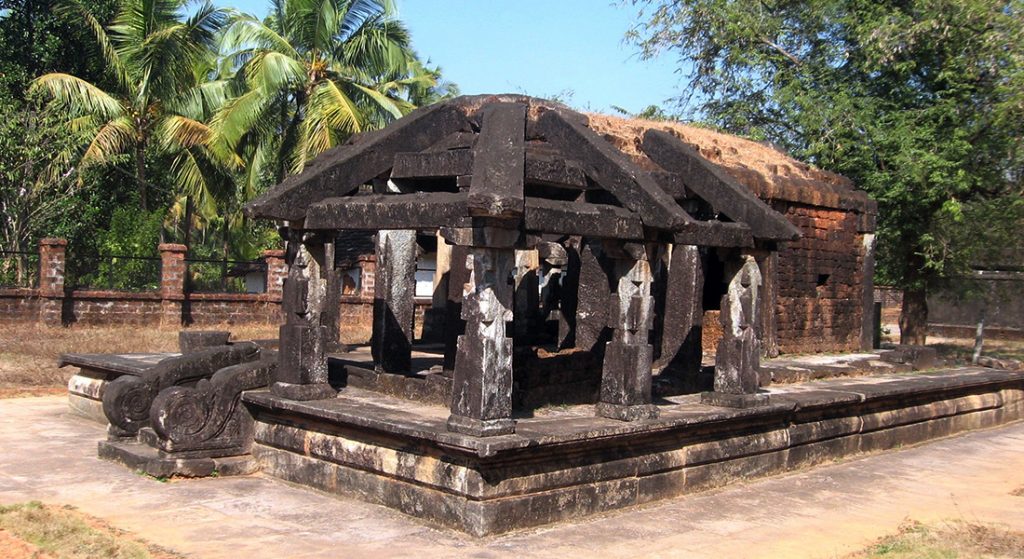
The Katthale Basadi Temple Complex: The ruined Katthale Basadi or the Jain Temple of Parshwanath. The second temple is that of “Hatthara Narayana,” or the Narayana of Ten Keris. The collapsed roof of Hatthara Narayana was replaced by roughly poured concrete by ASI, giving it an odd look. Among the forty odd temples, these two, along with a small Shiva temple, are the only ASI protected monuments. A grant to the Parshwanatha Basadi talks about a certain Aja Shahu s/o Bhoja Shahu, who settled in Barkur after his “Jalayatreya Vyavahara” (sea voyage) to places as far as Malaya and Khamboja (probably Malaysia and Cambodia). The inscription also makes reference to an Agrawal family, all indicating that traders from faraway places made Barkur their home.
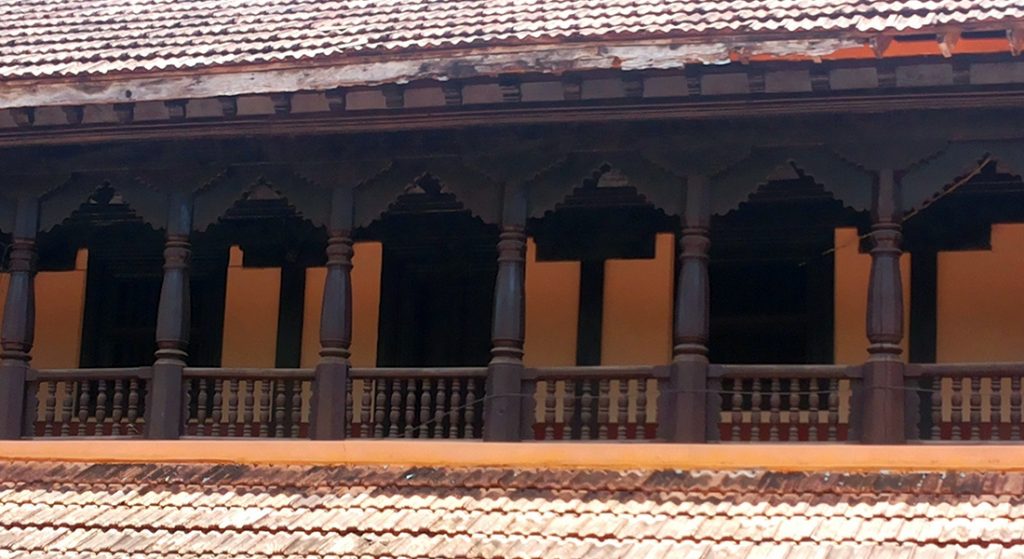
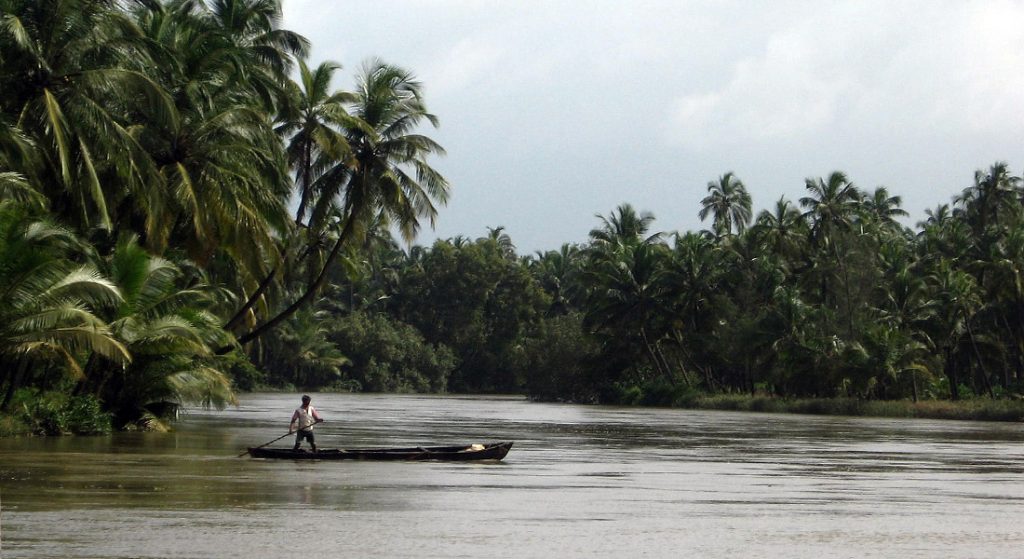
The Tuluveshwara Temple (Gopalakrishna) complex: Located between Kotekeri and Manigarkeri, serves as the house of the Patel of Barkur, a temple, and once upon a time, also functioned as a court. The private temple Tuluveshwara inside the complex, is hardly known outside Barkur. The murti of Tuluveshwara (Gopalakrishna) is one of the finest examples of Hoysala workmanship.

Mahakali Temple at Simhasana Gudde: Legend has it that King Vikramaditya of Ujjain himself established the “Simhasana” of Barkur. The pillar of Betal opposite the temple, now called Betaleshwar. There exists a mound behind the temple, where the erstwhile Alupa palace, “Periyara Mane,” stood. Sadly, it is now used as a cricket ground.
References:
Studies in Tuluva History and Culture by P Gururaja Bhatt
Antiquities of South Kanara by P. Gururaja Bhatt
A History of South Kanara by K. Vyasaraya Ramesh
Aliyasantana of Bhutala Pandya by B. Ramaswamy Naidu
Barakuru (A Metropolitan City of Antiquity)—Its History and Culture by B. Vasantha Shetty
Arab Geographers Knowledge Of Southern India by Mohamed Nasr
A Forgotten Empire (Vijayanagar) — A Contribution to the History of India by Robert Sewell
The Vijayanagar Empire: Chronicles of Paes and Nuniz
Article and Photos by Bharath Bhat
*The views expressed in the article are those of the writer alone. Chaloindiaworld.com does not own any responsibility in any form if there is any wrong representation of facts or places.
**The copyright of all the photos and text content of this article is exclusively and only with Bharath Bhat, the author of this article. No one else has any right to copy/publish/print/download any photo(s) or text content of this article, either in part or in full, and use them for personal, professional, or any other purpose. For any such usage, prior written consent from the author is a must.


